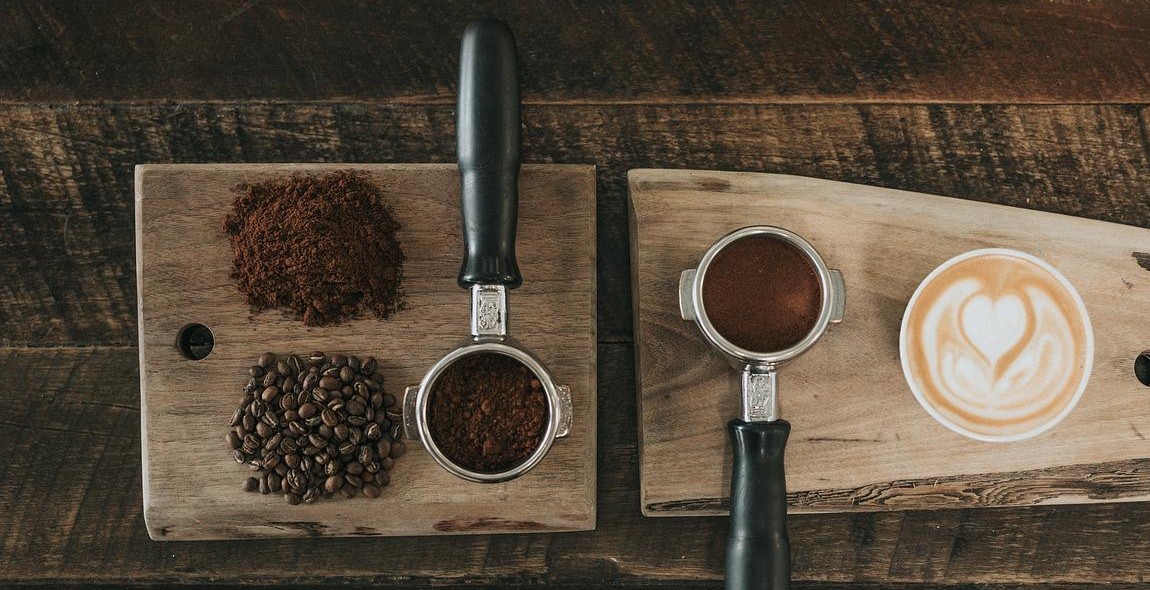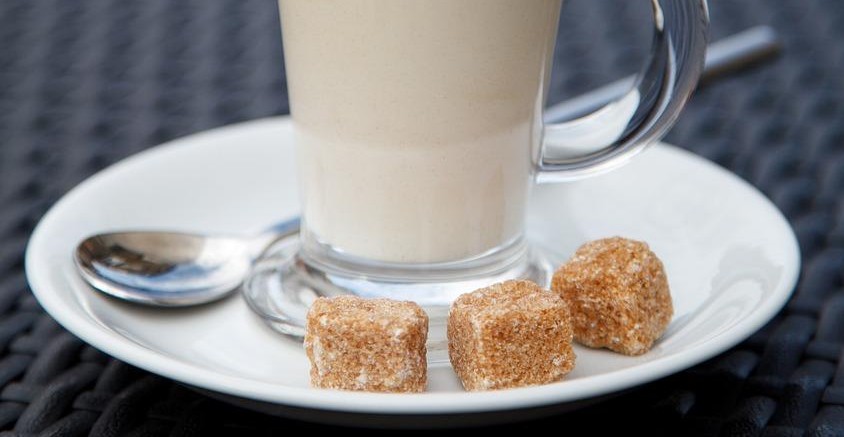How to Froth Milk without a Frother: Alternative Methods for Achieving Perfectly Textured Milk
As a professional barista with over 10 years of experience, I know how important it is to have perfectly textured milk for a variety of coffee drinks. However, not everyone has access to a fancy milk frother or steam wand. But fear not! There are alternative methods for achieving that beautifully frothed milk without the use of a frother.
In this article, I will share with you some of my personal experiences and techniques for frothing milk without a frother. Whether you’re a coffee enthusiast or just looking to enhance your at-home coffee game, these methods will surely come in handy.
Why Froth Milk?
Frothed milk is an essential component in many popular coffee drinks such as cappuccinos, lattes, and macchiatos. It adds a creamy texture and enhances the overall flavor of the coffee. Frothed milk also creates a beautiful latte art canvas for those who want to take their coffee presentation to the next level.
Alternative Methods for Frothing Milk
In this article, I will cover three alternative methods for frothing milk without a frother. These methods include using a French press, a whisk, or a mason jar. Each method has its own unique technique and requires different tools, but all can achieve the same perfectly frothed milk.
- French Press Method
- Whisk Method
- Mason Jar Method
So, whether you’re a coffee lover on a budget or just looking for a new technique to try, keep reading to learn how to froth milk without a frother.

Why Frothed Milk is Important
There are many reasons why frothed milk is important in coffee and other drinks. The texture and flavor of frothed milk can greatly enhance the overall experience of a beverage.
Texture
Frothed milk has a distinct texture that sets it apart from regular milk. The process of frothing milk creates microfoam, which is made up of tiny bubbles that give the milk a silky, smooth texture. This texture is especially important in espresso-based drinks, as it helps to create a creamy mouthfeel and balance out the strong espresso flavor.
The texture of frothed milk can also make a difference in the overall presentation of a beverage. Latte art, for example, is made possible by the texture of frothed milk, as it allows baristas to create intricate designs on the surface of a drink.
Flavor
In addition to its texture, frothed milk can also enhance the flavor of a beverage. The process of frothing milk aerates it, which can bring out the natural sweetness of the milk and create a more complex flavor profile.
Furthermore, the texture of frothed milk can also affect the way that flavors are perceived. The smooth, creamy texture of frothed milk can help to balance out bitter or acidic flavors in a drink, creating a more well-rounded flavor experience.
Overall, the texture and flavor of frothed milk are important factors to consider when making coffee and other drinks. Whether you’re a professional barista or a home coffee enthusiast, mastering the art of frothing milk can greatly enhance the overall quality of your beverages.
Alternative Methods for Frothing Milk
Frothing milk is an essential step in making various coffee drinks, such as cappuccinos, lattes, and macchiatos. However, not everyone has a frother at home. Luckily, there are alternative methods for achieving perfectly textured milk without a frother.
Whisk Method
The whisk method is the most basic and straightforward way to froth milk. To do this, heat the milk in a saucepan until it reaches around 140°F. Then, pour the milk into a heat-resistant container and use a whisk to vigorously whisk the milk until it becomes frothy and doubles in volume.
Mason Jar Method
The mason jar method is a popular alternative to frothing milk. Pour the milk into a mason jar, leaving enough space for the milk to expand. Close the lid tightly and shake the jar vigorously for about a minute. The milk should double in volume and become frothy.
French Press Method
The French press method is another alternative to frothing milk. Pour the milk into a French press and pump the plunger up and down for about 30 seconds until the milk becomes frothy.
Electric Mixer Method
The electric mixer method is the most efficient and quickest way to froth milk. Pour the milk into a bowl and use an electric mixer to whisk the milk until it becomes frothy and doubles in volume.
| Method | Pros | Cons |
|---|---|---|
| Whisk Method | Easy and simple | Takes longer to achieve desired texture |
| Mason Jar Method | No special equipment required | May not achieve desired texture |
| French Press Method | Quick and efficient | Requires a French press |
| Electric Mixer Method | Fastest and most efficient method | Requires an electric mixer and may create a lot of noise |
In summary, there are various alternative methods for achieving perfectly textured milk without a frother. Each method has its pros and cons, and it’s up to you to decide which one works best for you.
Tips for Perfectly Frothed Milk
Getting the perfect frothed milk can be tricky, but with the right technique and tools, it’s definitely achievable. Here are some tips to help you achieve perfectly textured milk:
Choose the Right Milk
The type of milk you use can greatly affect the texture of the froth. Whole milk is the easiest to froth, while skim milk is the hardest due to its low fat content. If you’re looking for a dairy-free option, try using almond, soy, or oat milk. These alternatives can produce a creamy froth, but may require more effort to froth compared to dairy milk.
Use Cold Milk
Cold milk froths better than warm or room temperature milk. It’s recommended to use milk straight out of the fridge for best results. If the milk is too warm, it can scorch or not froth as well.
Don’t Overheat the Milk
Overheating the milk can result in a burnt taste and ruin the froth. The ideal temperature for frothing milk is between 60-70°C (140-160°F). Use a thermometer to monitor the temperature and immediately remove the milk from the heat once it reaches the desired temperature.
| Milk Type | Ideal Temperature for Frothing |
|---|---|
| Whole Milk | 60-65°C (140-149°F) |
| 2% Milk | 65-70°C (149-158°F) |
| Skim Milk | 60-65°C (140-149°F) |
| Almond Milk | 60-65°C (140-149°F) |
| Soy Milk | 60-70°C (140-158°F) |
| Oat Milk | 60-70°C (140-158°F) |
By following these tips, you can achieve perfectly textured frothed milk without a frother. Experiment with different milk types and temperatures to find the perfect combination for your taste buds.

Conclusion
Learning how to froth milk without a frother is a useful skill for any coffee lover. With the alternative methods discussed in this article, you can achieve perfectly textured milk for your lattes, cappuccinos, and other coffee drinks.
Using a French press, whisk, or mason jar are all effective ways to froth milk without a frother. Each method has its own unique benefits and drawbacks, so it’s important to experiment and find the one that works best for you.
One important thing to keep in mind is that the milk you use will greatly affect the texture and flavor of your frothed milk. Whole milk is the best option for achieving a creamy and rich texture, but you can also use non-dairy milk alternatives like almond or soy milk.
Overall, mastering the art of frothing milk without a frother is a great way to elevate your coffee game and impress your friends and family with your barista skills. So go ahead and give these alternative methods a try, and enjoy your perfectly frothed milk in your favorite coffee drinks!
